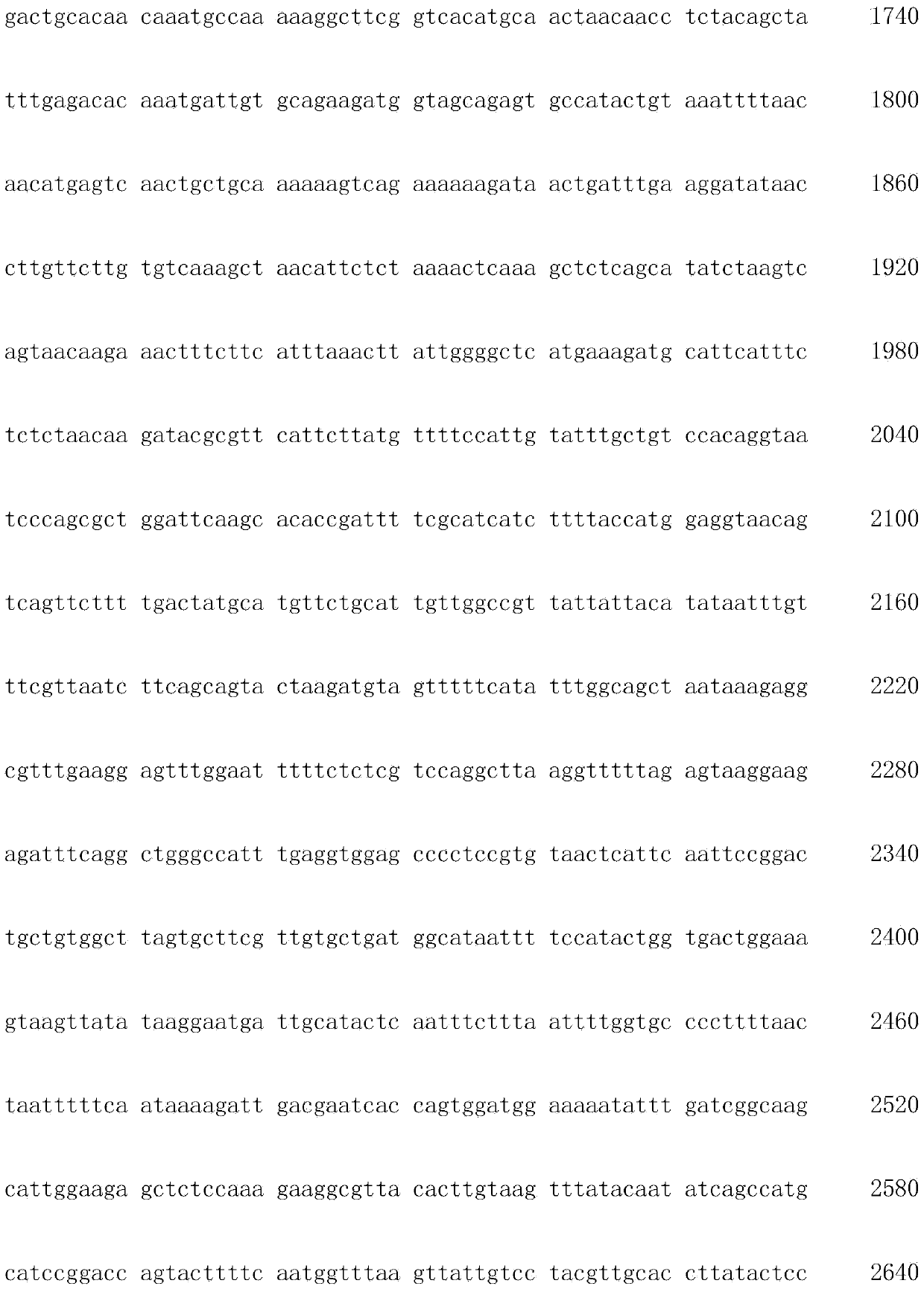Rice yellowing-to-greening marker gene and application thereof
A technology of yellowing to green and rice, which is applied in the fields of application, genetic engineering, and plant genetic improvement, and can solve problems such as fertility fluctuations, seed production, and field production losses
- Summary
- Abstract
- Description
- Claims
- Application Information
AI Technical Summary
Problems solved by technology
Method used
Image
Examples
Embodiment 1
[0059] Example 1. Discovery and application of rice yellowing-turning-greening mutant gene mGRY79
[0060] 1. Obtaining the yellow-to-green mutant gry79
[0061] The japonica rice line lvp1 (hereinafter also referred to as wild-type japonica rice) was treated with EMS mutagenesis, and a yellow-to-green mutant gry79 (green-revertible yellow79) that could be stably inherited was obtained in its offspring.
[0062] The leaves of the mutant were yellow-green at the 1st-3rd leaf stage, the chlorophyll content decreased, and the plant grew slowly. It gradually turned green from the 4th leaf stage, and the leaves were all green at the 6th leaf stage to the heading and fruiting stage.
[0063] From the above, it can be seen that the mutant has the trait of turning from yellow to green.
[0064] The yellow-to-green mutant gry79 (Oryza.sativa L.) was deposited in the General Microorganism Center of China Committee for Microorganism Culture Collection (CGMCC for short) on January 14, 20...
Embodiment 2
[0079] Example 2. Acquisition and functional verification of the rice gene GRY79
[0080] 1. Cloning of rice gene GRY79
[0081] Synthesize the following primer pairs:
[0082] P1: 5′ CCG TCTAGA ATGGTGGCGCTCGCCTCC3' (XbaⅠ restriction site is underlined)
[0083] P2: 5′GCC GTC GAC TCATTGGGTTGCCATTTC3′ (the underline is the SalⅠ restriction site)
[0084] RNA was extracted from the leaves of the normal green japonica rice line lvp1, transcribed into cDNA by a reverse transcription kit, and amplified by RT-PCR with primers P1 and P2 to obtain a fragment of about 2500bp, which was ligated into the pMD-19-T vector, The obtained ligation product was transformed into Escherichia coli JM109 strain, and positive clones were screened to extract plasmids and sent for sequencing.
[0085] Sequencing results show that: the amplified fragment has the sequence shown in the 10-2625th nucleotide from the 5' end of the sequence 2 in the sequence listing, and the amplified fragment is the ...
PUM
 Login to View More
Login to View More Abstract
Description
Claims
Application Information
 Login to View More
Login to View More - Generate Ideas
- Intellectual Property
- Life Sciences
- Materials
- Tech Scout
- Unparalleled Data Quality
- Higher Quality Content
- 60% Fewer Hallucinations
Browse by: Latest US Patents, China's latest patents, Technical Efficacy Thesaurus, Application Domain, Technology Topic, Popular Technical Reports.
© 2025 PatSnap. All rights reserved.Legal|Privacy policy|Modern Slavery Act Transparency Statement|Sitemap|About US| Contact US: help@patsnap.com



